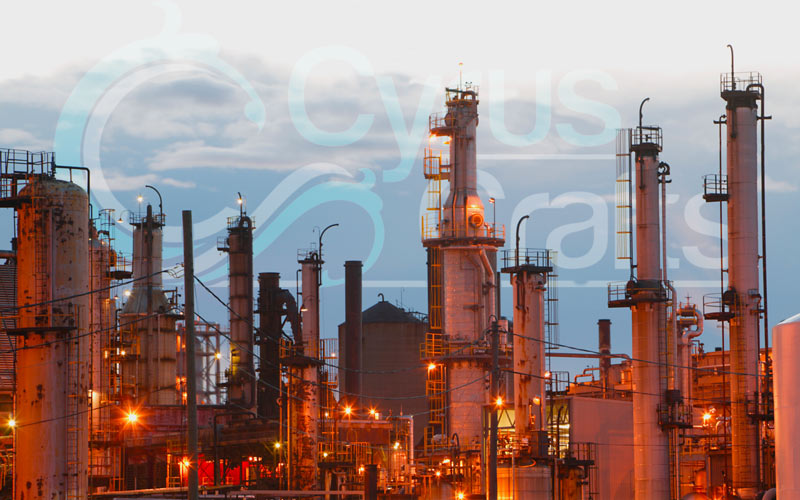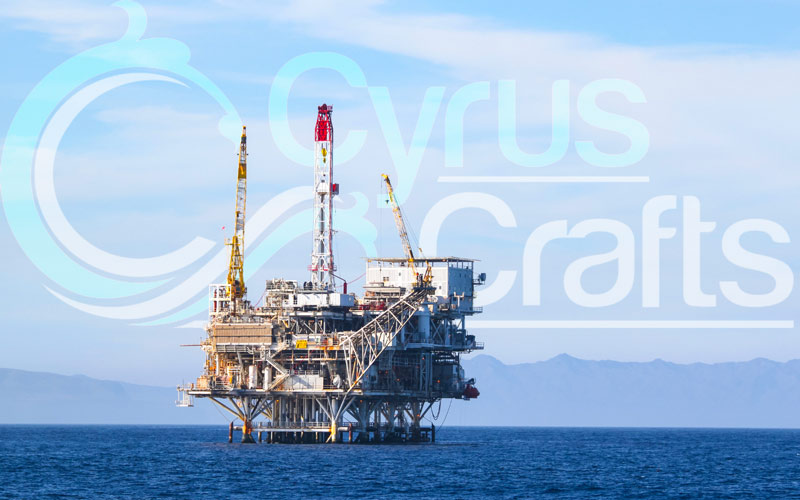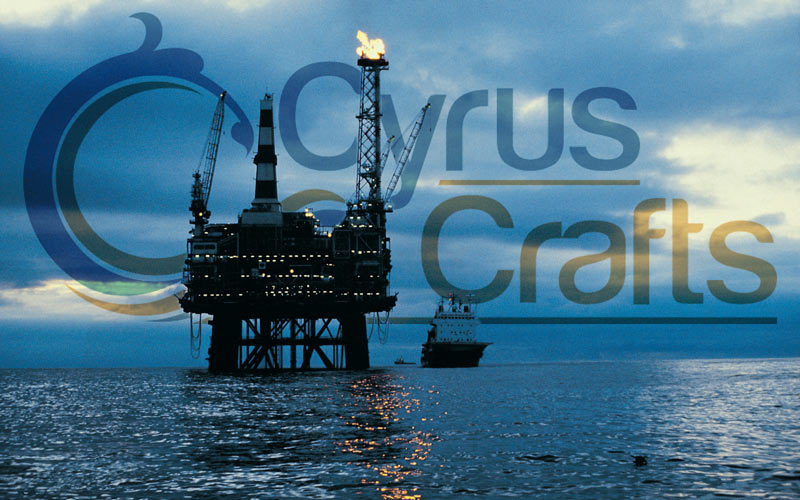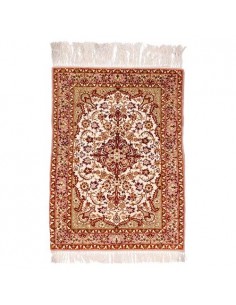- M.A
- News
- 964 views
- 0 comments
Why is the Middle East important? Why is there always war and violence in the Middle East region? These may be your questions too.
Non-renewable fossil fuels are precious resources that exist only in limited parts of the planet. These resources, as well as the greed to own them, have caused many countries in the Middle East, which are the main sources of fossil fuels in the world, always to be involved in internal and external war and chaos. War on energy!
Iran is one of the most critical countries in the Middle East, with large oil, gas, etc. mines. In this article, we read about the great wealth of the Iranian people.
What Are Fossil Fuels?
Carbon-based organisms that died millions of years ago decompose into fossil fuels. Carbon-rich deposits are created, which are extracted and burned for energy. Around 80% of the world's energy comes from these nonrenewable resources. They also make plastic, steel, and a huge range of products. There are three types of fossil fuel – coal, oil, and gas.

Persian Gulf's Position in Global Fossil Fuels
In the present century, the world is divided into six parts according to playing an economic role in which every region that is not included in this division does not have significant importance. These regions are:
- The Middle East or the Persian Gulf
- North America
- Western Europe
- Southeast Asia
- Moscow-Leningrad axis
- India
Four of these six regions export their production to other countries and have enormous production. The only area that exports crude materials is the Middle East. There is a unique situation regarding the concentration of global gas resources in the Middle East region, in which 40 percent of global gas resource storages are placed in these regions. Based on the predictions, daily production of oil in the Middle East reached 26 million barrels per day in 2010 and 2020, it
will increase by 6 million barrels per day to hit 35 million barrels per day; hence, shares of this region in global oil production will grow from 27 percent to 33 percent in 2020.
Cyrus Crafts; Luxury & Unique Products
Iran's Position in the Fossil Fuels Energies Supply
137 billion barrels (12%) of oil-proved reserves are held by Iran, which ranks second behind Saudi Arabia. In addition, 27 trillion cubic meters (15%) of global gas reserves are in Iranian hands. The Islamic Republic of Iran produces 4 million barrels per day of oil daily and 120 billion cubic meters annually and has 4% and 5% of global oil and gas production, respectively.
In the gas sector, Iran's position has more importance since gas has acquired a special position in the strategy of energy security of Asian consumers. Iran also has the second-largest gas reserves in the world and a superior geographical location in western Asia. With its independent energy policy, its political stability, and its interest in cooperation with Asian countries, Iran extends its capabilities to make and consolidate Asian integration.
Iran is based in the center of the strategic energy ellipse (gas and oil). Moreover, this region intersects Asia, Europe, and Africa. While Iran, as one of the most significant energy producers in the world, has an indicative role in the global energy security level. There are 138.4 billion barrels of oil in the country, which accounts for 11.2% of international oil reserves.

Geopolitical Position of Iran in the Field of the Fossil Fuels Market
From a political geographer's perspective, a country's power is heavily influenced by its geopolitics and geography. Regarding its geographical situation, Iran has a unique geopolitical condition. This led to the reason Iran is an international country with an outstanding role in global equations.
Additionally, Iran is a major player in the international energy market, owning over 72 percent of its reserves. Iran is the key to developing trade and energy routes throughout the region. On the other hand, Iran is a neighbor of Iraq, Turkey, Pakistan, and Afghanistan in the east and west. Considering the Persian Gulf and Caspian sea countries, it borders 15 countries via Sea and Land. Thus, For years, Iran has been called the east-to-west terminal. Also, the neighboring country's map shows that Iran soil is the easiest way to reach international free waters or it is the Persian Gulf or Hurmuz Strait which is the only way.

Nowadays, as energy has gained a decisive role in national and international politics, it has created patterns of competition, cooperation, conflict, violation, interaction, convergence, and divergence in the global arena. Among all, The Persian Gulf is a unique, special part of the world because it has 65 percent of the oil resources and almost 40 percent of the natural gas resources of the world. It is believed to be the largest reserve of global oil; accordingly, it has a vital role in global equations currently and in the future.
In the Islamic Republic of Iran, interaction and cooperation in the oil industry are significant scenes that can transform into a social opportunity. The growing need for energy, especially oil and gas, on the one hand, and the main concentration of these resources in Iran on the other side, is indicative that Iran is yet the center of energy policy of countries.








Comments (0)